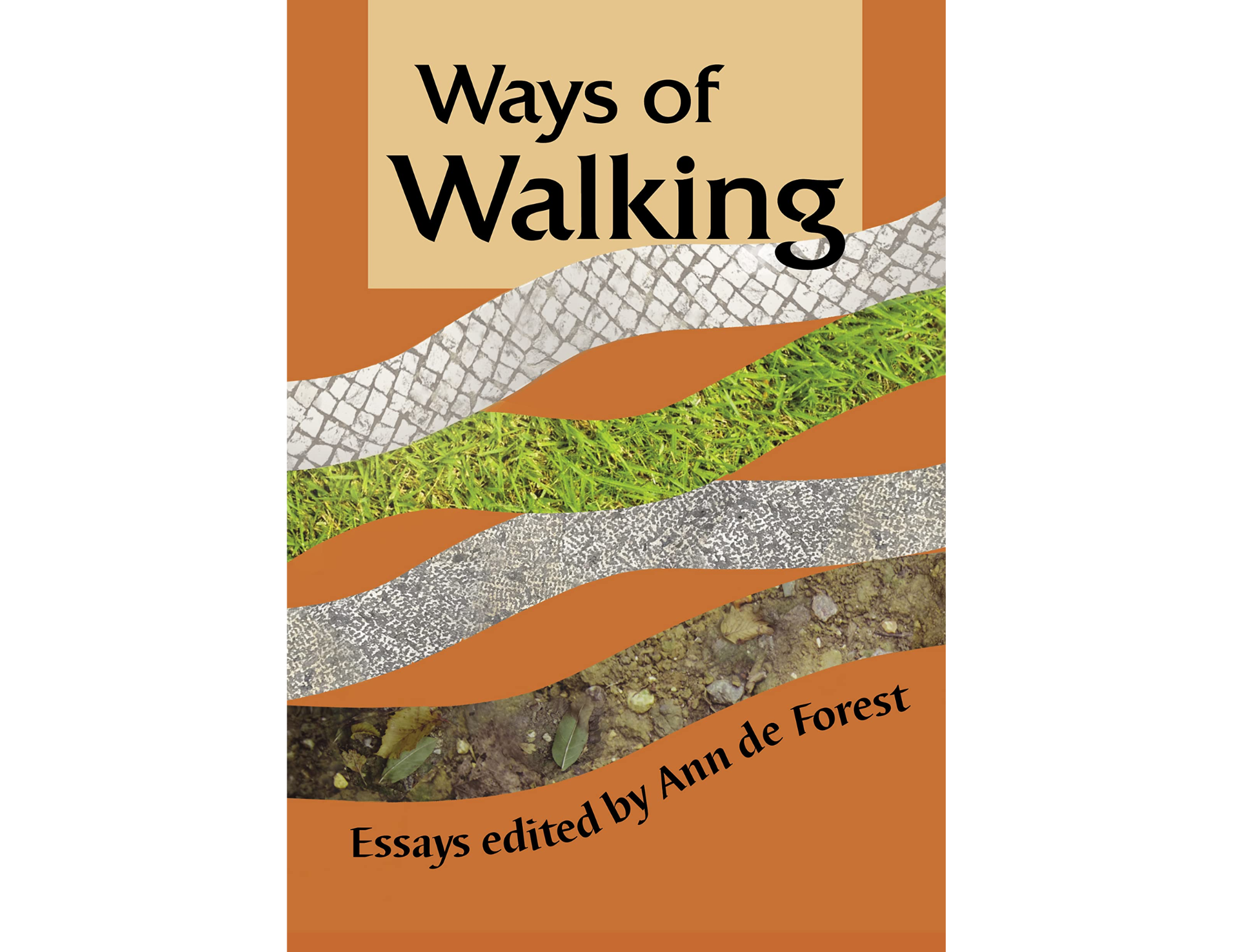In Ways of Walking, Philadelphia author Ann de Forest brings together 26 writers to reflect on some of the most influential walks they have taken and what they have learned along the way. Through these essays, readers are forced to slow down from the fast-paced technological comforts of the modern world and learn to walk alongside the authors, step by step on their journeys to cross forbidden borders, explore mountaintops and riversides, find their way home, relearn how to walk, immerse themselves in the history and culture of the land upon which they walk, and much more. This anthology sheds new light on the act of walking—moving past its primal nature in order to view walking as our uniting force through space and time, carrying us all on our respective journeys. With the rich, varied collection of essays, readers are sure to see their own journeys reflected in some of the walks, while having the pleasure of exploring new journeys with the others.
Contrary to popular notions, not all walking is done with a goal in mind—with a destination to reach or a place to escape from. Some of the most influential walks we take come from aimlessly exploring our surroundings, and Adrienne Mackey’s essay, “(while walking)”, perfectly captures the joyous and surprising discoveries that come with this aimless wandering. Mackey describes the time she and three of her colleagues walked all the way around the border of Philadelphia—a 100-mile walk. The four—a writer, a visual artist/photographer, a theater director, and a scribe—were looking to combine their talents and interests into a project that would help them see Philadelphia, the city where they all resided, from a new perspective. Aside from this overarching objective, the group had no expectations for what they hoped to discover on their walk.
In reflecting on the 100-mile journey, Mackey does not provide detailed descriptions of the wealth of scenery and culture that the group observed. Instead, she spends quite a bit of time listing the various locations where the group ate lunch every day. Whether it was a Hibachi buffet or Andy’s Diner or a Polish cafeteria called Syrenka, Mackey likely chose to highlight this portion of her journey because it was one of the few times the group could sit down and be a part of the various Philly communities they encountered, rather than walking on the periphery of all that was happening. With their lunches, the group was able to take in the cultures, customs, identities, and histories of the people who surrounded them.
Mackey learned many lessons, including the importance of dressing for the weather and accepting that it’s okay to not have an end goal in sight, and became painfully aware of every sore muscle in her legs and every breath she took as she walked. She concludes that “there are no interstitial spaces (while walking).” In essence, while walking through a place, you can’t help but to become intrinsically connected to your surroundings and yourself.
Just like “(while walking),” essays in the anthology such as “The Hiker and the Flânuers,” “The Three-Century Walk,” “Finding Purchase: Walks of Witness on Stolen Land,” and “Five Thousand Walks Toward Thoreau’s Journal” describe walking in an introspective and discovery-inducing light. Meanwhile, other essays in the anthology depict scenes of walking as part of a defined journey, with a goal in mind. For instance, in “A Walker’s Paradise,” Mickey Herr describes the tumultuous journey of motivating her gravely ill mother, who had recently been diagnosed with rapidly progressing uterine cancer, to walk every day, and in “Incremental Man,” Jay Heinriches, a trail runner, reflects on his ever-frustrating journey of relearning how to walk and navigate life after a debilitating accident.
Taking a more traditional approach to the notion of walking as part of a journey towards a defined end goal, Yasser Allaham’s essay, “Crossing to Jordan,” tells the story of illegally crossing the Syrian border to get to Jordan. In this case, the end goal of his journey is a physical destination, making it more aligned with our basic idea of walking to get somewhere. Allaham’s essay reflects on his 40-day journey, during which he attempted to cross the Syrian border several times, sleeping in the back of open trucks in the Free Zone (region between Syria and Jordan), evading Syrian milia, eating whatever scraps of bread and watermelon he could find on the way, and crawling up treacherous mountains in the dark. Allaham manages to encapsulate the trials and tribulations of his journey in such a raw and authentic way, and I couldn’t help but let out a deep sigh of relief as he described the day he finally made it to Jordan and was embraced by his family. Allaham concludes his essay by discussing how the courage he had built on his journey to Jordan would later carry him through his journey to America, and I found it inspiring that he was able to find the good that came out of such an agonizing journey.
From strolling around the local neighborhood to fleeing from Syrian war zones, each walk portrayed in this anthology was personally transformative for the authors. After reading the 26 essays, readers can expect to carry a little part of these transformations with them as they embark on their own journeys—emulating the authors’ joys, curiosities, and collective strength with their every step.
Ways of Walking edited by Ann de Forest can be purchased here.
Ways of Walking: Essays
Anne de Forest
New Door Books
May 12, 2022
264 pp.

Anna Ramesh is a first-year student in the BS+MD Program at Drexel University, where she is pursuing a major in Biological Sciences and a minor in Writing. In her free time, Anna loves spending time with her family and friends, hiking, and playing/listening to music.
